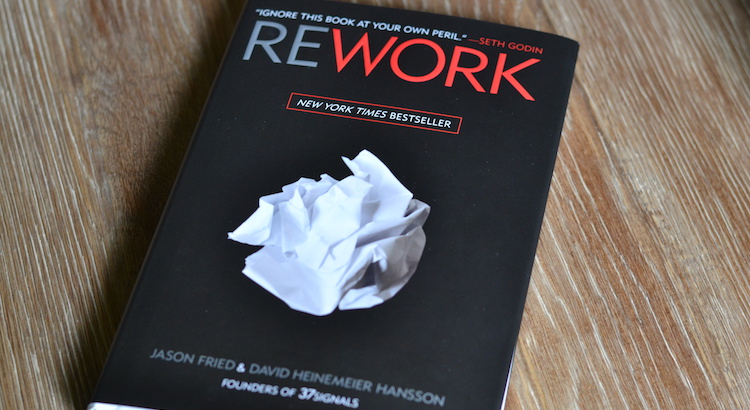With just a few days left of 2015 it is time to wrap up the product management trends of the year. What were some of the new ideas, talking points and discussions that shaped product management in 2015?
My thoughts and conclusions are based on discussions I’ve participated in, blog posts I’ve read and stuff I’ve done in my role as a product manager. In no particular order I am covering roadmaps without dates, the relevance of user experience, product decisions becoming data driven and launching on Product Hunt. Finally there are a few notes on the role of product managers, a never-ending discussion that was as vigorous as ever during 2015.









